There is not strict rules. You have to use a naming that is self explanatory (not needed to dig into the classes content to understand its meaning).
That is right for micro-service, web application, batch and any kind of applications.
I think i have many packages
The main role of packages is to sort things in a human readable way.
For example if you have 2 or 3 classes by package, you can wonder on the relevance of them.
Similarly if you have 50 classes in a package, you can also wonder if you should not split them in subpackages.
Note that the package has also a role in terms of accessibility : indeed the package private access level allows to set/reduce the accessibility of a class or a class member to the classes of the current package. It may also be very useful in terms of design and of isolation.
About your 3 questions :
question 1 : what must be entity classes package name ? entity or
model ?
In Java, entity refers generally to JPA entity (overall in a Spring project).
While model refers to a more general concept that includes entity but not only since the data model can also be the DTO objects and any data specialization of your model.
If you use a single data objects layer (JPA entities that are also used as JSON representation) , using the model term makes completely sense. If you use several level of abstraction, a package by abstraction level makes more sense.
question 2: where must save Searchrequest & Searchresponse and other
request response classes ? in model package or i must create other
package ?
If these objects go through every layer : in model, otherwise probably elsewhere.
question 3 : exits some Standard for package structuring ? (please give
me link )
3) Not really but as a rule of thumb, it should be self explanatory, very clear and shared by the team of the projects to favor consistency between projects.
